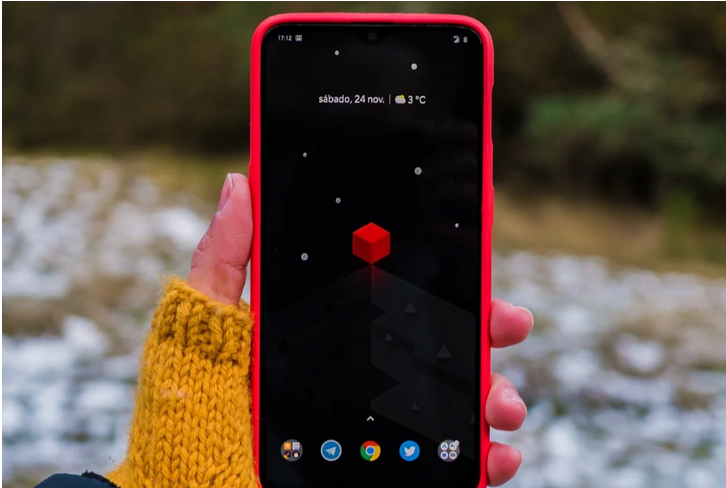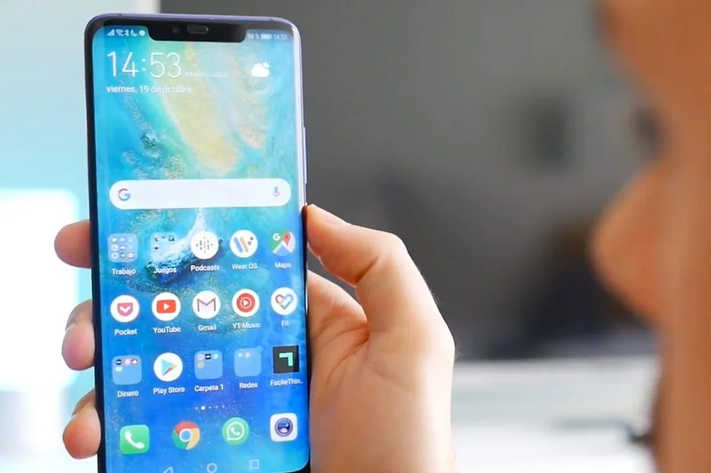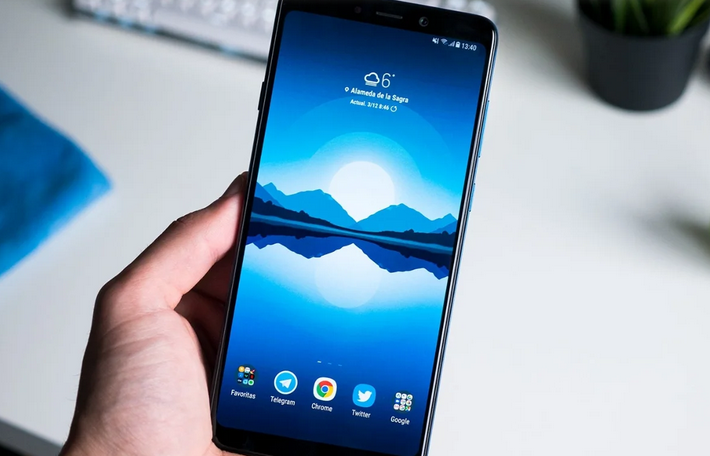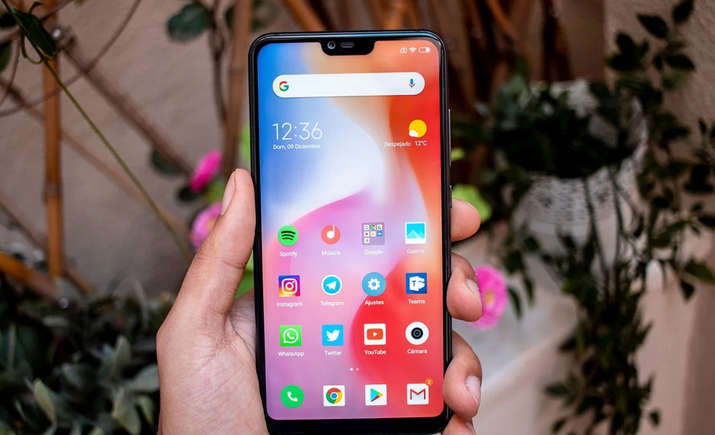You may have ever needed to use two WhatsApp accounts on the same mobile, or you want to have two instances of the same app installed on your device. Until not too long ago, it was not possible –or at least not quickly– to carry out this task, but over time solutions and tools have been bequeathed that allow you to easily duplicate any application and use each one of apps as if they were different.
Some manufacturers have even included the possibility of duplicating applications in their devices’ software. This guide explains how to do it step by step, either through third-party applications or through the tools included in the devices themselves.
Duplicate apps on Android: the best options
Parallel Space
One of the most popular tools for creating parallel applications is “Parallel Space.” It allows you to manage several accounts of the same app on a device and customize the appearance of duplicate apps to differentiate the original from the clone.
Parallel Space allows you to create similar applications from several apps, including some popular ones like WhatsApp, Telegram, or Instagram. To do this, you only have to open the app, grant the necessary permissions, and mark the app that you want to clone.
Once the cloning process is finished, the application allows you to log in to the secondary app, customize various aspects, and configure its operation.
App Cloner
Another application, somewhat less well-known but just as practical as Parallel Space. In late 2018, the app was removed from Google Play for allegedly violating Google’s app store policies. Despite the developer’s appeal, Google disallows its publication on the Play Store. Despite this, its developer still maintains the app and receives frequent updates.
Like most apps of this style, App Cloner allows you to create independent copies of specific applications to be later installed as isolated instances. Keep in mind that not all apps can be cloned, although some of the most popular ones, such as Facebook’s messaging services or some social networks, allow it.
When you open the app for the first time, the complete list of apps installed on the device will appear. By clicking on one of them, the application can be cloned, modifying specific parameters such as the number of clones to be created and the name of the copy to be generated.
Island
The last of the options that we propose to duplicate apps on Android is Island. This is one of the latest creations from the developer of the famous battery-saving Greenify. Although its functions go further, Island includes the possibility of creating app clones to run two sessions of the same application simultaneously.
The main difference of Island concerning the rest of the tools already mentioned is that this app creates a workspace where the applications that have been cloned will be installed and executed, so it is the ideal option for those who want to have several instances of an app, one for work and one for home.
Duplicate apps without the need to install applications
OnePlus phones

mobiles with recent versions of OxygenOS offer the possibility of creating the same applications. In this case, yes, it is only possible to develop “doubles” of some apps, such as WhatsApp, Telegram, Twitter, or Instagram. To do so, follow these steps:
- Open system settings and go to the “Utilities” section.
- Enter the “Parallel Applications” category.
- Activate the option corresponding to the application you want to duplicate.
In this way, the parallel application will appear in the application drawer of the home screen, with a bit of orange symbol next to the app icon.
Huawei phones

In the case of Huawei terminals with EMUI, it will also be possible to duplicate applications installed on the device. The function that allows this process to be carried out is called “App Twin” or “Twin Application,” and its operation, like that of the rest of the systems, offers the possibility of creating parallel sessions of the same app. Just follow these steps:
- Open system settings.
- Look for the “App Twin” option.
- Turn on the switch for those apps you want to clone.
With these three simple steps, the icon of the application that has just been duplicated will appear on the home screen, and it will be possible to log in with an alternative account to the one associated with the original app or use this “clone” as a completely new app. different.
Samsung phones

In the case of Samsung mobile phones, the option to mirror apps is somewhat different. The function is included in the terminal software under “Dual Messenger.” As its name suggests, it is intended to create parallel applications of apps and messaging services, so the possibilities are somewhat limited compared to other solutions that we have already seen. Be that as it may, if mirroring messaging apps is all you need, here are the steps to follow on your Samsung:
- Open system settings and find the “Advanced Settings” section.
- Look for the “Dual Messenger” option.
- Turn on the switch for those apps you want to clone.
As was the case with EMUI, the duplicate app will now be displayed on the home screen, with an indicator that differentiates it from the original version.
Xiaomi phones

Since MIUI 8, Xiaomi has offered it’s terminal owners the possibility of cloning applications. The operation of this tool is effortless, and as in the rest of the customization layers, you only have to activate a simple option to be able to create new instances of the same application installed on the system:
- Open system settings and find the “Cloned Apps” section within the “Device” section.
- Activate the switch of those apps that you want to duplicate.
These are the best ways to clone or mirror apps on Android. As you can see, it doesn’t matter if your mobile has this option incorporated into its software or not, as there are tools that allow you to do it quickly. In some cases, they will enable you to modify and customize some aspects that native instruments do not qualify.

Sharlene Meriel is an avid gamer with a knack for technology. He has been writing about the latest technologies for the past 5 years. His contribution in technology journalism has been noteworthy. He is also a day trader with interest in the Forex market.













